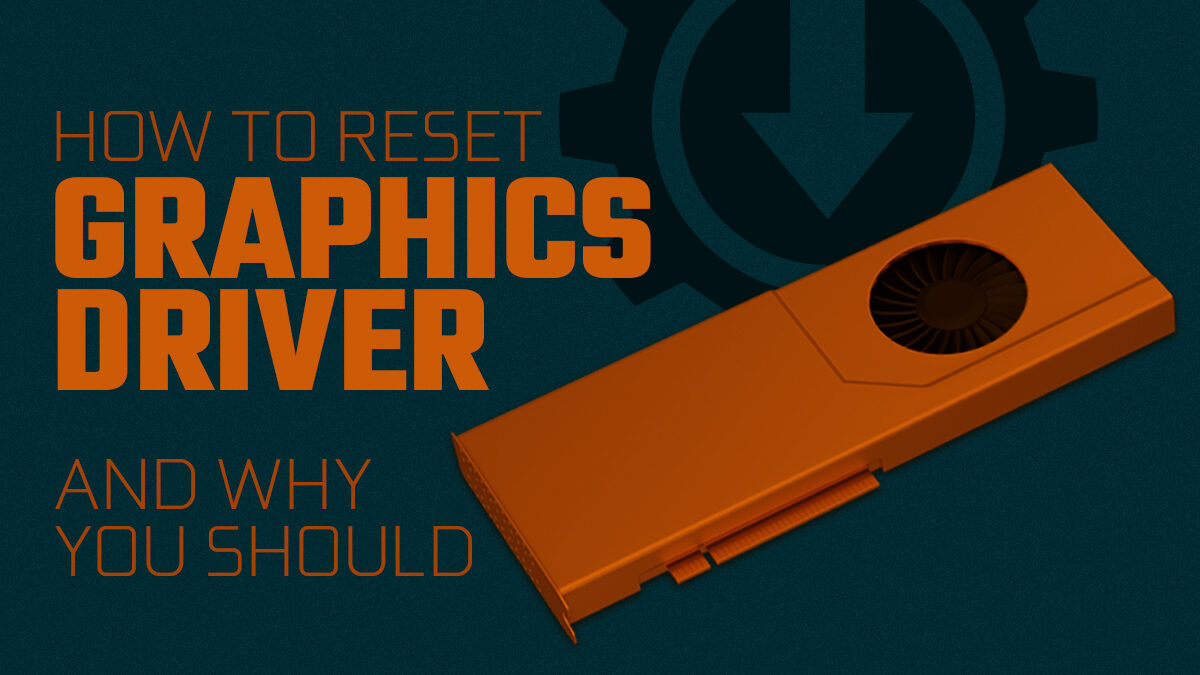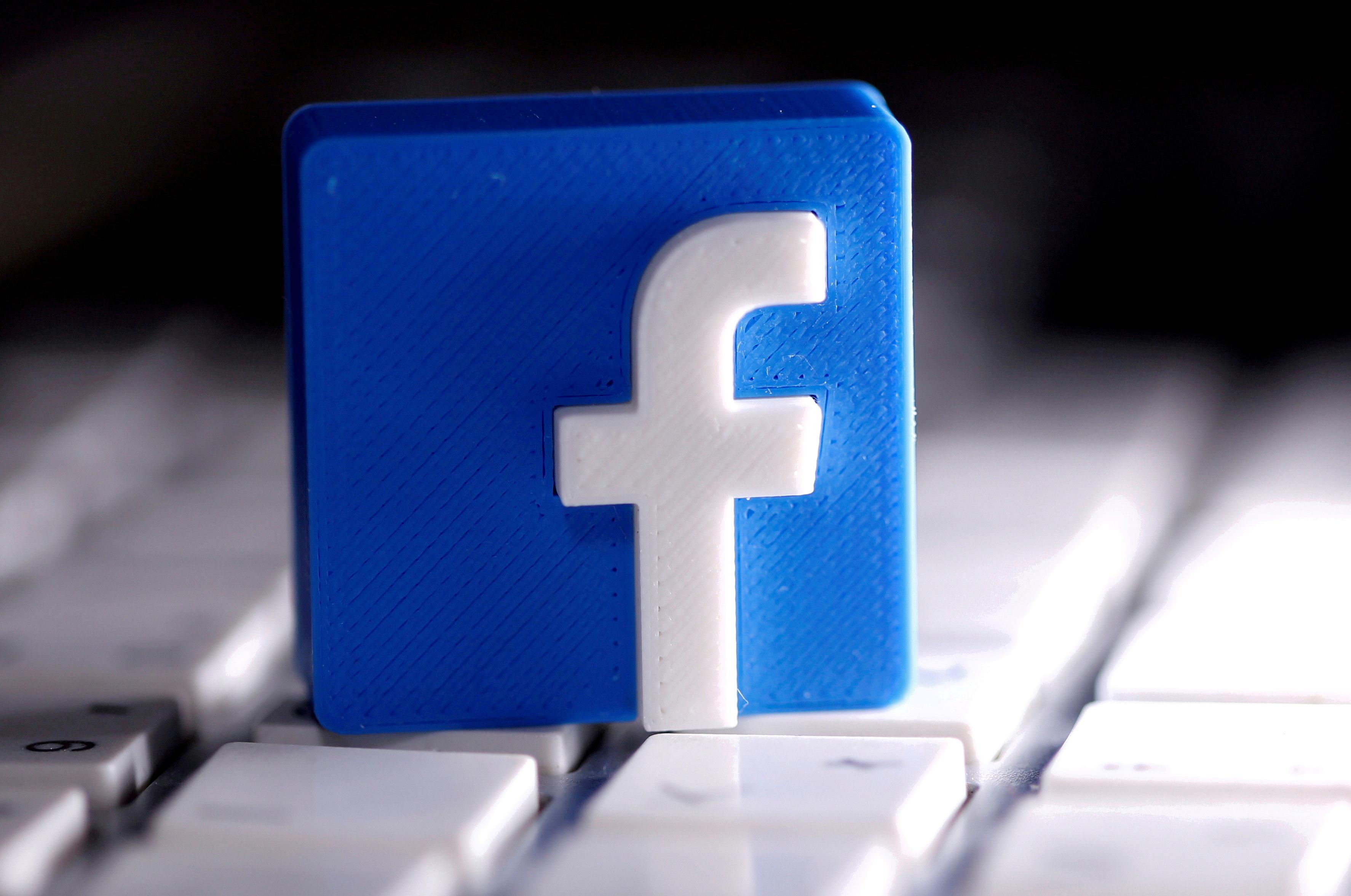If you’re havng display issues, resetting your graphics driver can be one of the best first steps to take. Resetting your graphics driver can be a quick and easy way to get your display back on track, and it’s an essential part of maintaining a healthy computer.
To reset your graphics driver, the process starts in Device Manager. Here, you’ll want to uninstall the existing driver for your graphics card befoe reinstalling it again. This will ensure that all of the necessary components are in place for your graphics card and display to work properly.
Once you have uninstalled and reinstalled the driver in Device Manager, you can use the shortcut ‘Windows Key + Ctrl + Shift + B’ simultaneously on your device. This will restart your graphics card, allowing any new settings and changes to take effect. Whenever a display issue arises after resetting the video driver, just press this hotkey again and everything should be back up and running in no time.
It is important that you keep up with regular maintenance for your computer by resetting your graphics driver as needed. This small step can save you a lot of time and effort in restoring or even preventing any display issues from occurring down the line.

The Benefits of Resetting Your Graphics Driver
Yes, resetting your graphics driver can be a good solution to address display problems. It is often a quick and easy way to resolve issues such as flickering and blank screens, distorted images, incorrect colors, and low resolution settings. Resetting your graphics driver will reset the settings to their factory defaults, which can help resolve any configuration issues that may be causing the issue. Additionally, resetting the driver can also help improve performance by ensuring you are using the most up-to-date version of your driver.
Resetting a Graphics Adapter
If you need to reset your graphics adapter, you can do so by pressing the Windows key + Ctrl + Shift + B keys simultaneously. This will restart your graphics card and reset it to its default settings. Before doing this, however, make sure to save any open files or documents in order to avoid any potential data loss. Additionally, be sure that all other programs are closed before attempting this shortcut. After the reset is complete, your graphics adapter should be in its original state and ready for use.
Resetting Windows Graphics Driver
Resetting your Windows graphics driver is an easy process. To begin, open the Device Manager by searching for it in the Start menu or by pressing the Windows key + R and typing ‘devmgmt.msc’. Once you have opened Device Manager, locate your graphics driver in the list of devices and right-click on it. Select ‘Uninstall device’ from the context menu that appears. You will then be asked to confirm that you wish to uninstall the driver, select ‘Yes’. When this is done, restart your computer.
Once you have restarted your computer, your graphics driver will be reinstalled automatically. If this does not happen, you can manually install the correct driver from your manufacturer’s website or by using Windows Update. Open Windows Update either by searching for it in the Start menu or by typing ‘wuapp.exe’ in the Run dialog box (Windows key + R). Select ‘Check for updates’ from within Windows Update and follow any instructions provided. You may need to restart your computer again once this process is completed.
Once this is done, your graphics driver should be reset to its default settings and should be working properly again.
Resetting Graphics Driver Without Rebooting
You can reset your graphics driver without rebooting by using the Device Manager. To do this, press the Windows key + X and select Device Manager from the list. Expand Display Adapters and right-click on the display driver you wish to reset. Select Uninstall Device and check the box that says Delete the driver software for this device. Then click Uninstall, wait for it to finish, and restart your computer. This should reset your graphics driver without having to reboot.
The Effects of Resetting a Graphics Driver
When you reset your graphics driver, the Windows operating system will restart the graphics subsystem. This means that all of your applications, such as games and other programs, will continue running normally without interruption. However, the drivers for your graphics hardware (such as NVIDIA, AMD, or Intel) will be reset to their default settings. This could result in any changes you have made to the settings beig lost. It’s important to remember that this is a global change and can affect all of your applications that use the graphics hardware. Therefore, it’s best to save any settings before resetting your graphics driver.
The Effects of Resetting Drivers
A reset of your drivers will restore them back to thir original state. This means that any customizations you have made to the hardware settings, such as enabling/disabling certain features or adjusting the power management settings, will be undone. Additionally, any third-party drivers you may have installed may be removed, and replaced with the default drivers. Finally, all Windows updates will be applied to the driver again, ensuring that your device has the latest security patches and features.
Fixing a Corrupted Graphics Driver
Fixing a corrupted graphics driver can be tricky, but it’s not impossible! The fist step is to identify which driver is causing the issue. To do this, open Device Manager (right-click on the Start menu and click on Device Manager) and look for the display adapter under ‘Display Adapters’. Once you’ve identified the driver, you’ll need to uninstall it by right-clicking and selecting Uninstall from the list of options.
Next, you’ll need to download and install a new version of the driver from your computer’s manufacturer website. Once you have the new driver downloaded, double-click on it to start the installation process. Follow any prompts that appar during installation, then restart your computer once it’s finished.
Finally, check in Device Manager aain to make sure that your graphics driver is now updated correctly. If everything looks good, you should be able to use your computer without any further issues. If there are still problems with your graphics driver, you may need to reinstall Windows 10 or contact your computer manufacturer for help.
Resetting a Graphics Card BIOS
To reset the BIOS on your graphics card, you should first make sure that your PC is powered on or restarted. Then press the key as shown on the screen to enter the BIOS. Once inside, scroll down to “Video BIOS Cacheable” and use the “+” and “-” keys to change the setting to “Enabled.” Then press “F10;” then highlight “Yes” and press “Enter,” to reset the BIOS cache on the NVIDIA graphics card. Finally, save your chnges and exit out of the BIOS.
Fixing Computer Graphics Issues
The firt step to fixing your computer’s graphics is to make sure you have the latest video card drivers. Updating your video card drivers can fix bugs and add new features. If you already have the latest driver, then you can try disabling and re-enabling the graphics card driver to repair any ‘no display’ problems. You can also try uninstalling and reinstalling the drivers. Additionally, if your computer has been running for a while, it may be helpful to cool and clean your video card to remove any dust or dirt that may be preventing it from running properly. If none of these steps work, then you may need to replace your video card entirely.
Resetting a Graphics Card on Windows 10
To reset your graphics card on Windows 10, you can use the shortcut Win + Ctrl + Shift + B. This will restart the graphics driver, allowing it to reinitialize any settings that may have changed. If this doesn’t work, you can try manually uninstalling and reinstalling the driver from the Device Manager. To do this, press Windows key + X to open the Power User menu, then select “Device Manager”. Find your graphics card in the list of devices, right-click it and choose “Uninstall device”. Once uninstalled, you can eiter download and install a new driver from your manufacturer’s website or restart your computer so Windows will automatically reinstall the driver.
Resetting Graphics Settings on Windows 10
To reset your graphics settings on Windows 10, first open the Windows Settings by pressing the Windows key + I. Then, select System in the menu and click Display from the sidebar. In the Display menu, click Advanced Scaling Settings and then clear any previous settings that have been applied. Finally, click Apply to save your new settings.
Resetting Nvidia Drivers
To reset your Nvidia drivers, you will need to first uninstall them from your computer. To do this, open the Start menu, type in ‘Device Manager’, and press Enter. Under Display Adapters, select your Nvidia device and right-click it. Select Uninstall Device, then check the box marked ‘Delete the driver software for this device’ before clicking Uninstall.
Once the drivers have been uninstalled, you can reinstall them from the official website for Nvidia (https://www.nvidia.com/Download/Find.aspx). Select your operating system and graphics card model, then click Search. Download the latest driver package and run it to install the drivers on your computer. After installation is complete, restart your computer to finish resetting your Nvidia drivers.
Conclusion
In conclusion, resetting your graphics driver is a simple process that can often help you resolve display issues. It involves pressing the Windows + Ctrl + Shift + B keyboard shortcut to restart your graphics card, or uninstalling and reinstalling the driver from Device Manager. While it may seem daunting at first, it is atually quite straightforward and could save you from a lot of frustration. With just a few clicks, you can be back up and running in no time.








